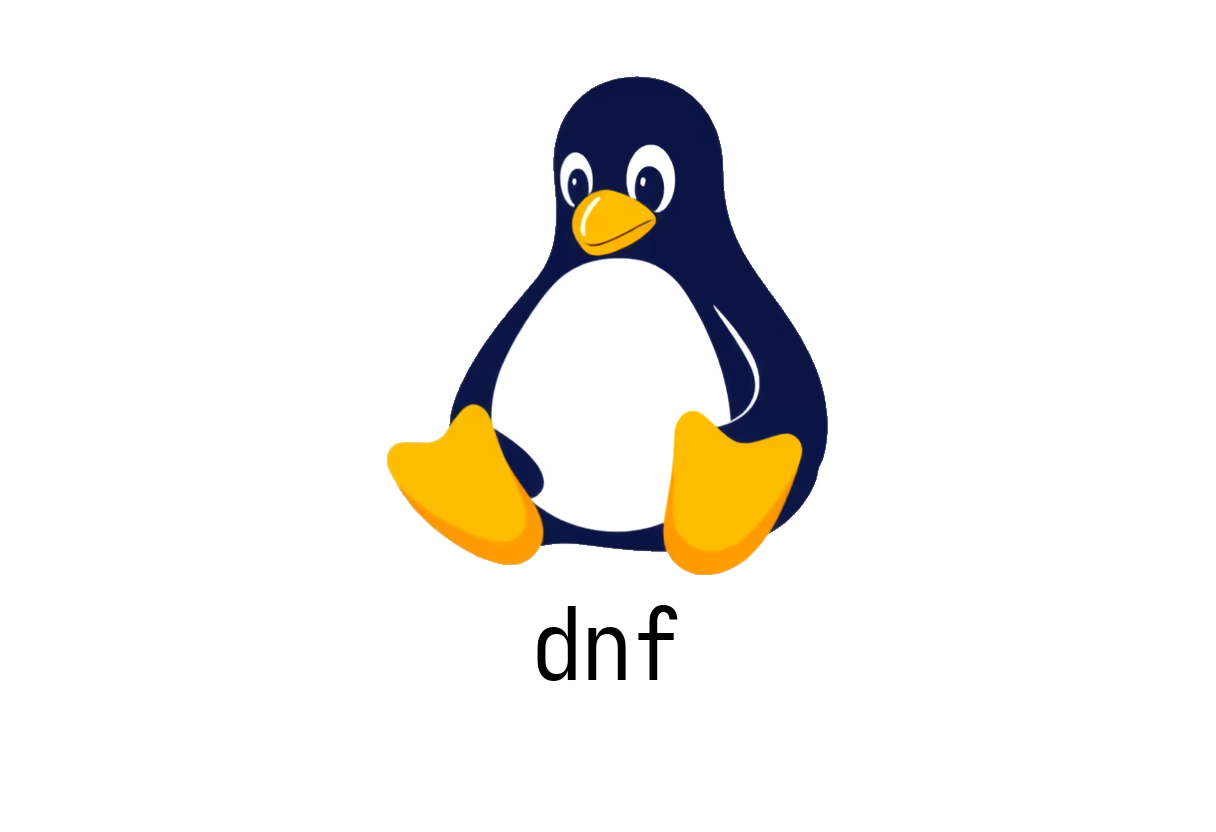
How to Use the DNF Command: A Complete Guide
Mastering the DNF Command: A Comprehensive Guide
The DNF (Dandified Yum) command serves as the primary package management utility for Red Hat Enterprise Linux (RHEL), Fedora, and CentOS, effectively replacing the older Yum utility. This powerful tool allows users to manage software packages seamlessly. Below, we delve into the key functionalities of DNF, ensuring you have everything you need to manage your packages efficiently.
Overview of DNF
DNF is designed to simplify the process of installing, updating, and removing software packages on your system. It supports rich dependency management and enables users to perform various tasks with ease.
Key Commands and Their Usage
-
Upgrade Installed Packages To upgrade your installed packages to the latest available versions, simply run:
sudo dnf upgrade -
Search for Packages If you’re looking for a specific package or want to explore available options, you can search using keywords:
dnf search keyword1 keyword2 ... -
Display Package Details To find more information about a particular package, use the following command:
dnf info package -
Install New Packages To install one or more packages, you can run:
sudo dnf install package1 package2 ...Adding the
-yflag confirms all prompts automatically, streamlining the process. -
Remove Packages To uninstall any package, simply execute:
sudo dnf remove package1 package2 ... -
List Installed Packages To see all of the packages currently installed on your system, use:
dnf list --installed -
Find Package Providers To determine which packages provide a specific command, you can run:
dnf provides command -
View Past Operations DNF keeps a history of operations for your convenience. To view all past operations, use:
dnf history
Additional Resources
For more detailed usage and specific subcommands, refer to the official DNF documentation at dnf.readthedocs.io. If you’re transitioning from another package manager, you may also find equivalent command information at the Arch Linux Wiki’s Pacman Rosetta page here.
Conclusion
With its user-friendly interface and powerful capabilities, DNF simplifies package management on RHEL, Fedora, and CentOS systems. Whether you’re upgrading packages, searching for new software, or managing installed apps, DNF provides a robust solution tailored to your needs. Start utilizing DNF today and enhance your package management experience!